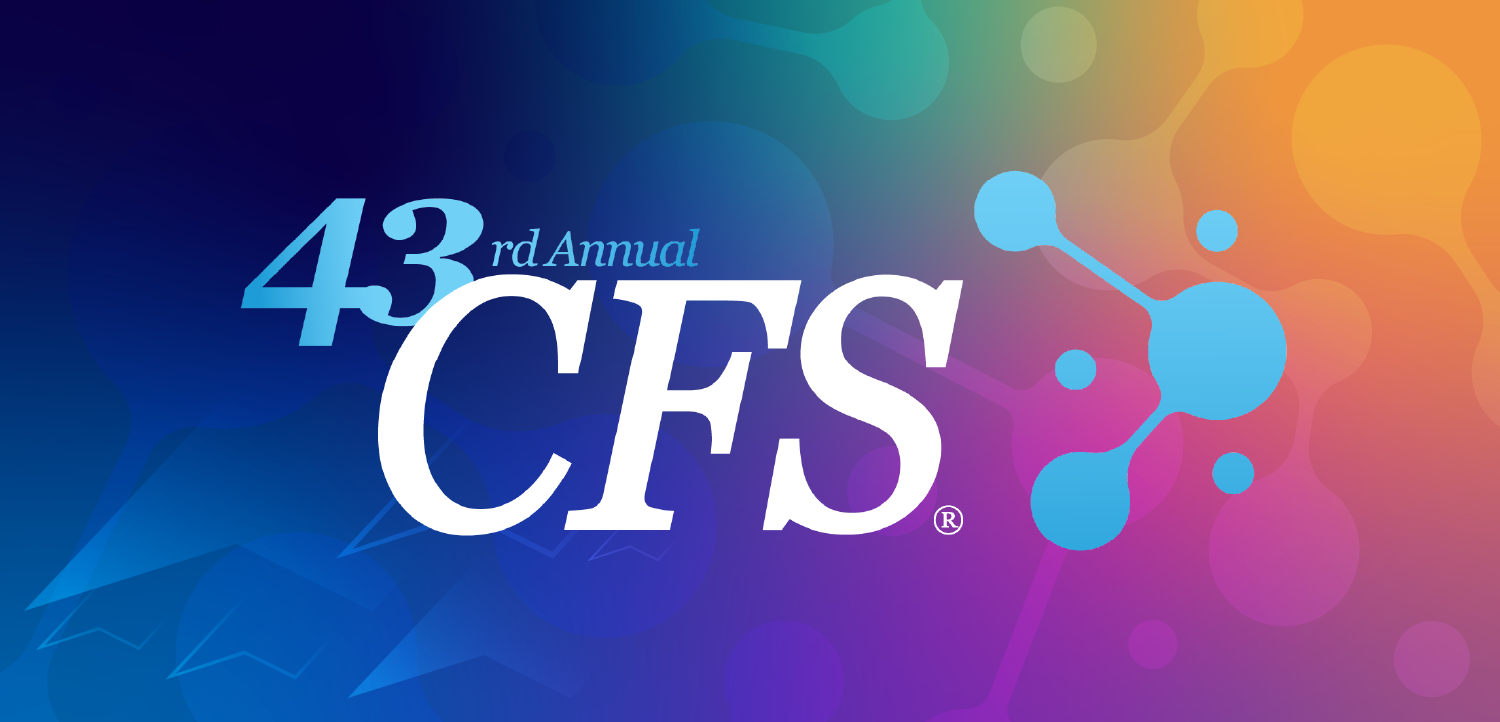In recent years, the number of patients with chronic heartfailure has been steadily increasing; this trend reflects thegrowing population of myocardial infarction survivors andpersons over age 65. Many of these patients are evaluated,treated, and followed up in an outpatient setting. This textprovides an in-depth, hands-on approach to the office-baseddiagnosis and management of heart failure. Chapters aredevoted to history taking; economic burden of heart failure;evaluation of dyspnea, edema, palpitations, and ventricularfunction; coronary artery disease and congestive heart failure(CHF); hemodynamic evaluation; exercise performanceevaluation; patient education; drug therapy for symptomaticCHF; assessment and treatment of arrhythmias; biventricularpacing; established, alternative, and emerging therapies;and diastolic heart failure. Echocardiograms, ECG strips,venograms, patient questionnaires, algorithms, diagrams,charts, and tables appear throughout the text.





























































































































































































































































































